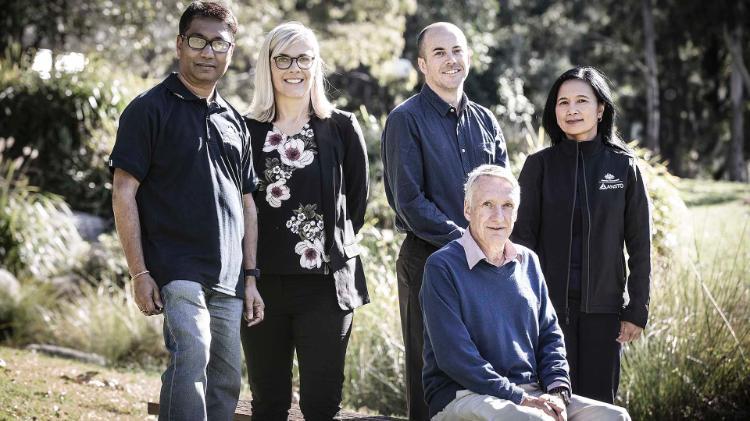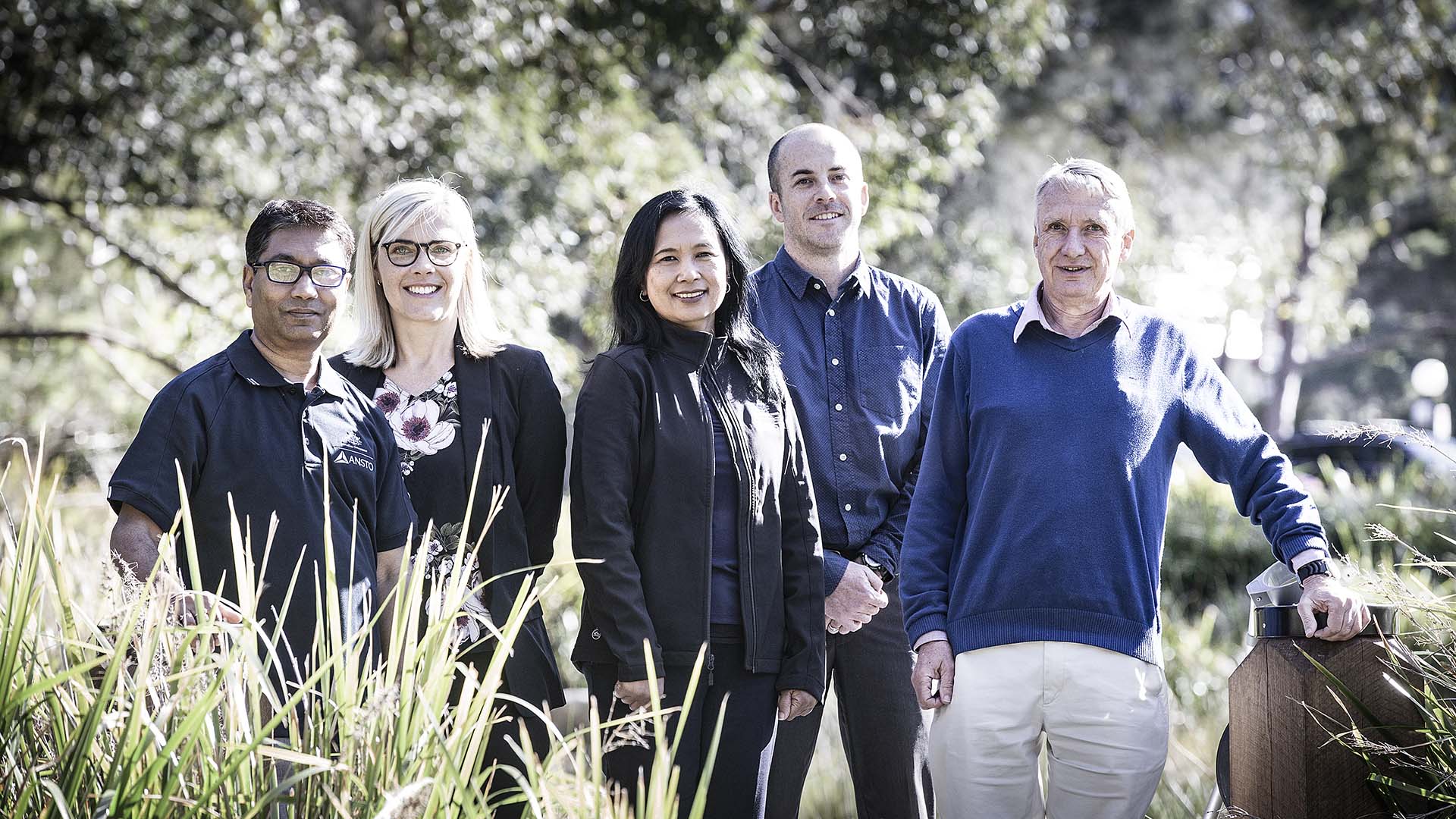July 31, 2019
A Eureka moment for UOW-led research team
Blue Carbon Horizons Team in the running for 2019 Eureka Prize for Environmental Research
The University of Wollongong (UOW) led research team behind a study that found coastal wetlands capture more carbon as sea levels rise has been named a finalist in the 2019 Australian Museum Eureka Prizes.
Finalists for the 2019 Eureka Prizes were announced on Wednesday 31 July. Winners will be announced at a gala award dinner at Sydney Town Hall on the evening of Wednesday 28 August.
The Blue Carbon Horizons Team includes scientists from UOW, Macquarie University and the Australian Nuclear Science and Technology Organisation (ANSTO), and was nominated for the 2019 NSW Environment, Energy and Science (DPIE) Eureka Prize for Environmental Research.
Coastal wetlands, such as mangrove forests and saltmarshes, capture and store more atmospheric carbon dioxide (CO2) per unit area than any other natural system. They have been termed “blue carbon” ecosystems because of their ability to capture carbon and their connection to the sea.
The saline, oxygen-depleted soils in which they grow are ideal for the burial and long-term storage of organic carbon.
Led by Associate Professor Kerrylee Rogers, an environmental scientist from UOW’s School of Earth, Atmospheric and Life Sciences, the Blue Carbon Horizons Team also includes Dr Jeffrey Kelleway (UOW), Professor Neil Saintilan (Macquarie University), Dr Debashish Mazumder (ANSTO), Ms Atun Zawadzki (ANSTO) and Professor Colin Woodroffe (UOW).
“Coastal wetlands are incredibly effective at capturing carbon dioxide from the atmosphere. These wetlands are also at the forefront of sea-level rise impacts,” Professor Rogers said.
The Blue Carbon Horizons Team has shown that the capacity of coastal wetlands to store carbon will substantially increase with sea-level rise, providing a counter to global warming.
“The capture and storage of carbon by coastal wetlands has a dual benefit. As well as removing CO2 from the atmosphere, the organic carbon that accumulates also builds the elevation of the wetland as sea levels rise. This could potentially offset the degree of coastal inundation that may occur with sea-level rise.”
Working with colleagues from the Smithsonian Institution, USA, and Nelson Mandela University, South Africa, the team gathered data from 345 locations worldwide, showing that historically, sea-level rise has increased the amount of carbon stored in wetlands.
To ascertain whether this pattern would continue throughout this century, they also found contemporary evidence of the same effect, by analysing carbon storage within a subsidence affected coastal wetland on the shores of Lake Macquarie, NSW.
The team’s research was published in the prestigious science journal Nature earlier this year.
“Our team dug in to the global sedimentary record and found that both historic and current sea-level rise has substantially increased the amount of ‘blue carbon’ sequestered by coastal wetlands,” Professor Rogers said.
“In a time of accelerating sea-level rise, our findings provide a powerful incentive for wetland conservation and restoration in Australia and across the globe.”
The Blue Carbon Horizons Team works with a range of government and non-government organisations, advancing new approaches to protect and restore these important coastal ecosystems.

Blue Carbon Horizons team members Dr Debashish Mazumder (ANSTO), Associate Professor Kerrylee Rogers (UOW), Ms Atun Zawadzki (ANSTO), Dr Jeffrey Kelleway (UOW), and Professor Colin Woodroffe (UOW). Photo: Paul Jones, UOW
ABOUT THE AUSTRALIAN MUSEUM EUREKA PRIZES
The Australian Museum Eureka Prizes, established in 1990, are Australia’s leading science awards. With $170,000 in prize money and recognition nationally and internationally for winners, the Eureka Prizes are seen as “the Oscars of Australian science”.
The Eureka Prizes are a unique co-operative partnership between government, education and research institutions and private sector companies to recognise and support scientific excellence.
In 2019 there are 17 Australian Museum Eureka Prizes awarded across four categories:
- Research & Innovation
- Leadership
- Science Engagement
- School Science
